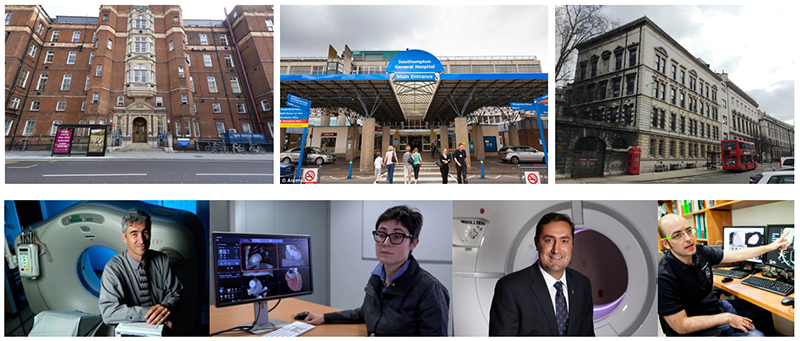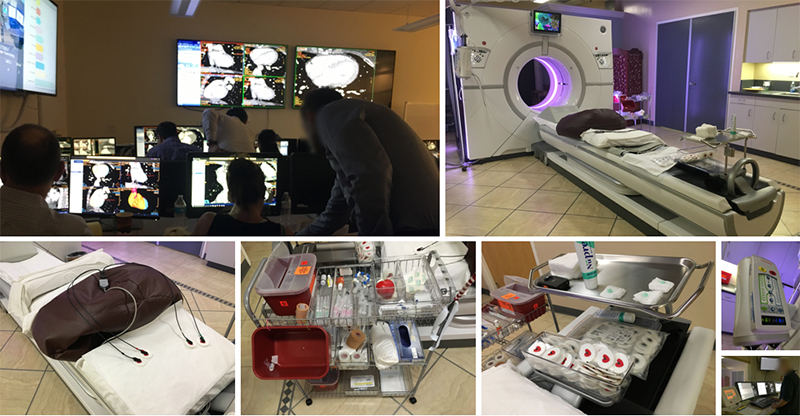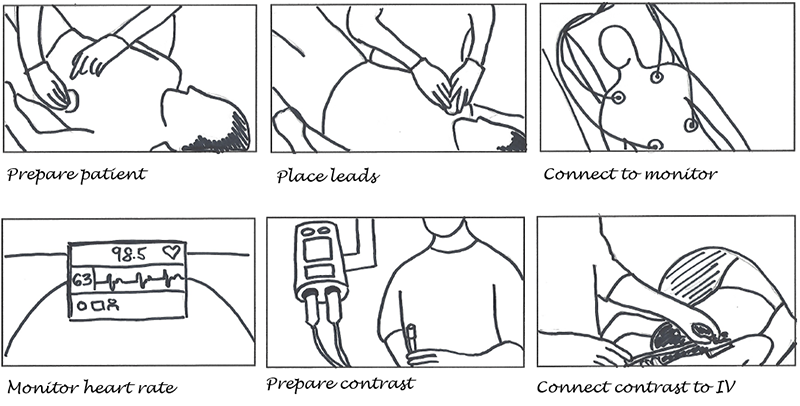Immersive VR Training
Overview
Immersive VR training project was initiated by the Life Sciences team in UK. They were looking for opportunities to be at the forefront of innovation and their commmercial team suggested looking at Coronary CT angiography (CCTA). CCTA is a relatively new non-invasive technique that is used to diagnose coronary artery disease and the number of professionals trained in this type of exam is limited. Current methods of training are not optimal and usually require expensive offsite training that includes classroom lectures and case studies.
After being introduced to UX concepts, the team decided to adopt user-centered approach for their VR project. I volunteered to guide them through the process because of my previous experience with AR/VR technologies.
"Gordana has been an invaluable member of the team with introducing UX concepts and designs to the project. As the project is based in uncharted areas of AR/VR design, UX has been crucial in guiding it." - Fiifi Botchway, Project Lead
Case study: User-centered approach to creating VR experiences
In order to validate their early assumptions about using AR/VR technology, the team has conducted a number of site visits to several UK hospitals and consulted over 10 leading experts in the field.

Based on extremely positive feedback from domain experts, I then embarked on additional field research at UCLA. I observed traditional classroom training for cardiologist, and shadowed and interviewed CT technicians while they were performing CCTA exams with actual patients.

We then went into conceptual design phase where I created VR training framework and storyboards for each scenario, while the engineering team developed a few proof of concepts with different technologies to evaluate with clinical experts.

Because there was no technical VR expertise available within GEHC, the team hired a vendor specializing in VR training projects and we worked iteratively with them in creating the training scenarios, as well as testing them with clinical experts.

"Thank you for your excellent contribution to AR/VR project this year. Your proactive approach to connect with Prof Budoff's team and your beautiful design ideas have been an inspiration." - Tahir Saleem Sheikh, Global Medical Director - Cardiology
"Overall, developing the application as UX project allowed us speed and clarity that I don’t think we would have gotten if we had approached it in a traditional project development and management style." - Fiifi Botchway, Project Lead